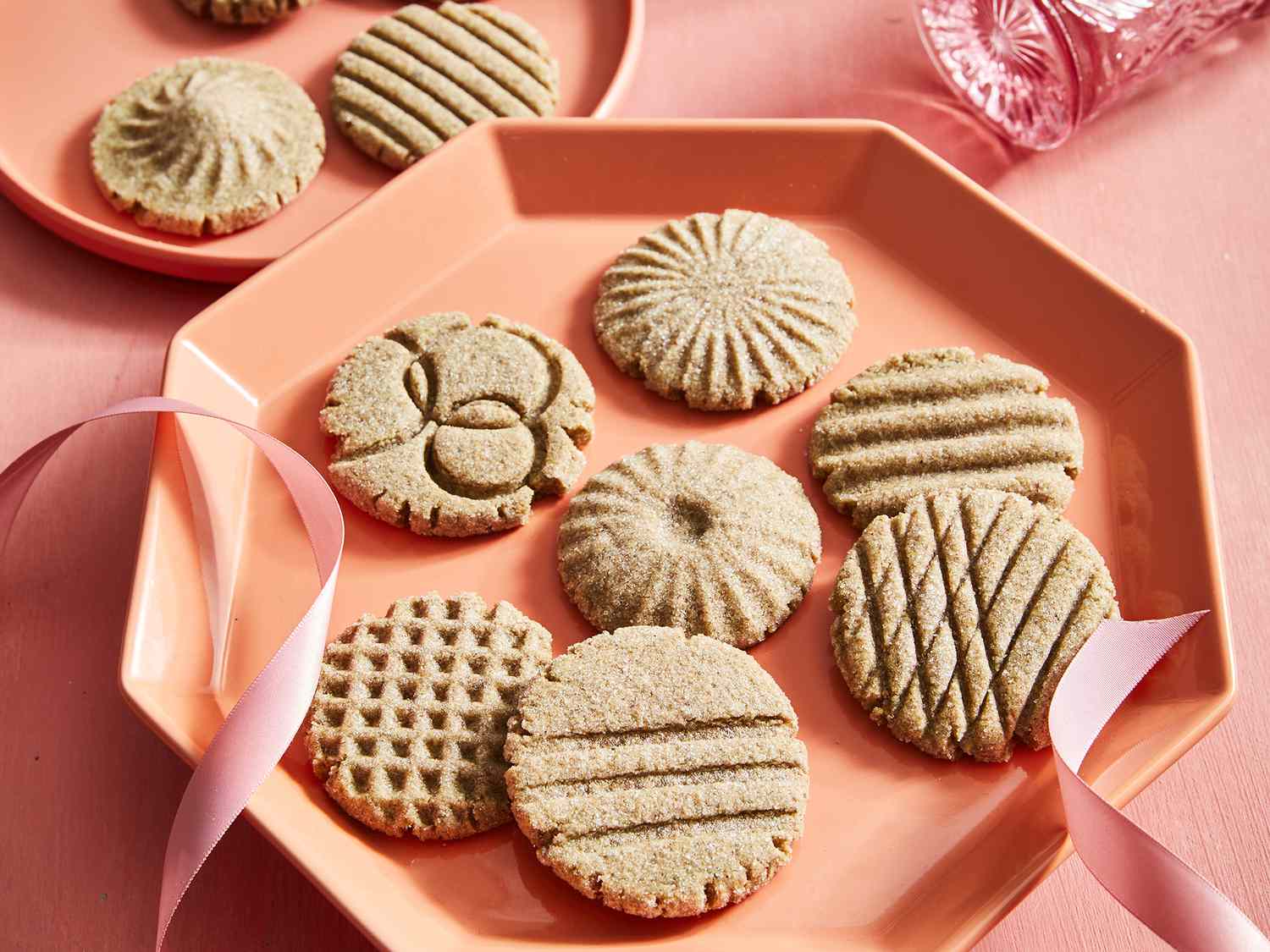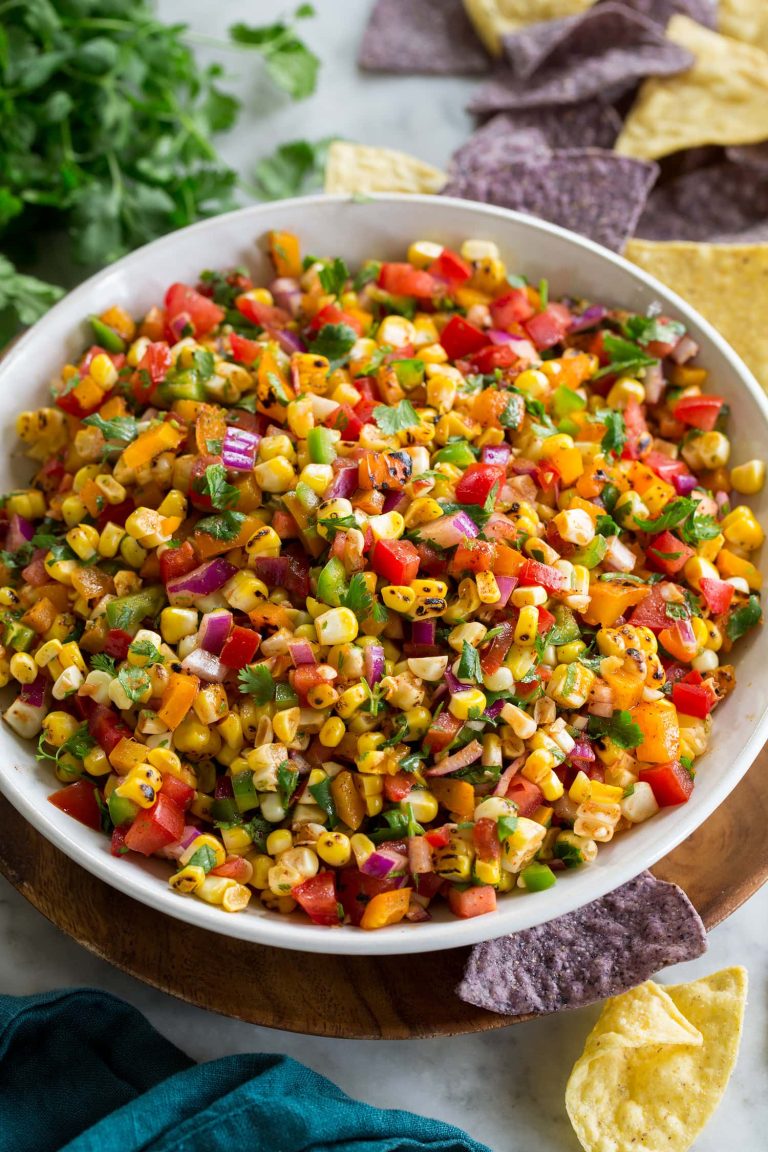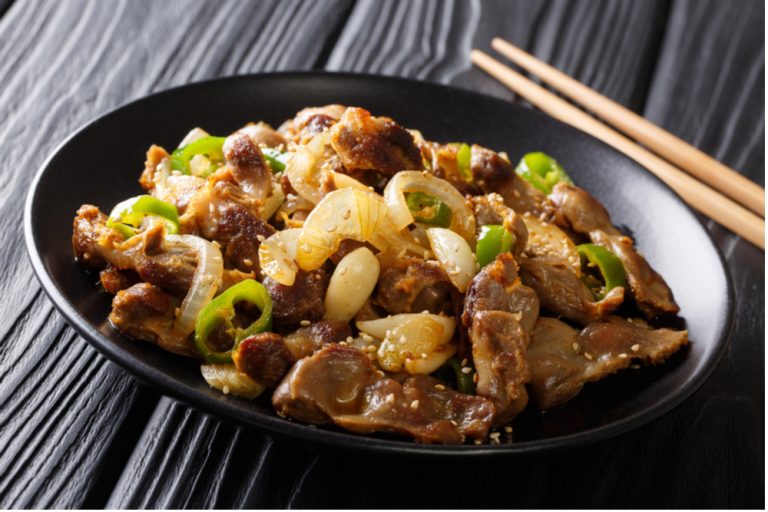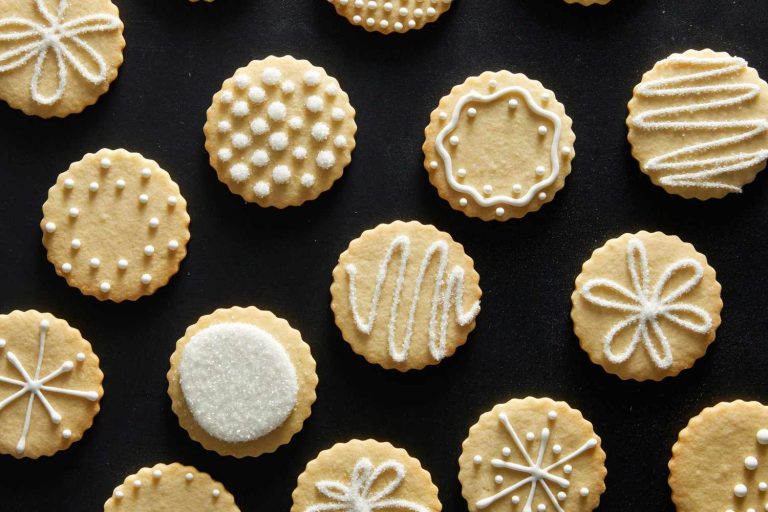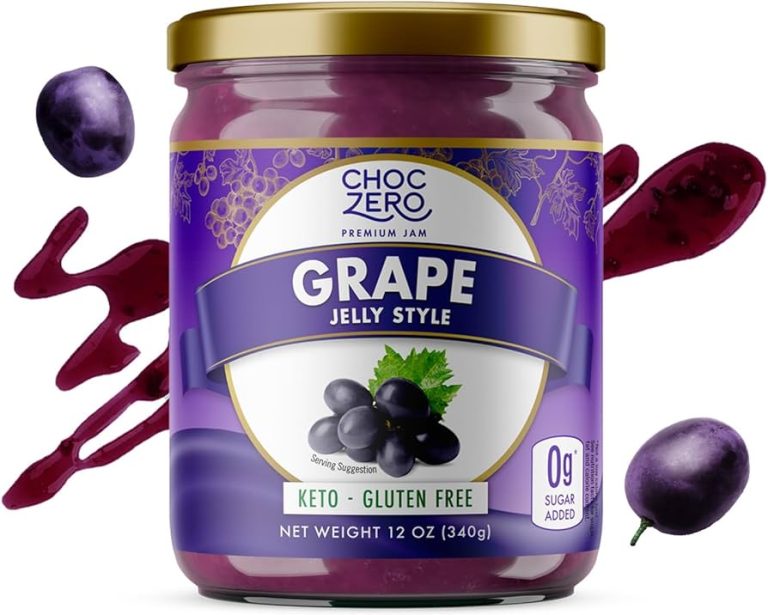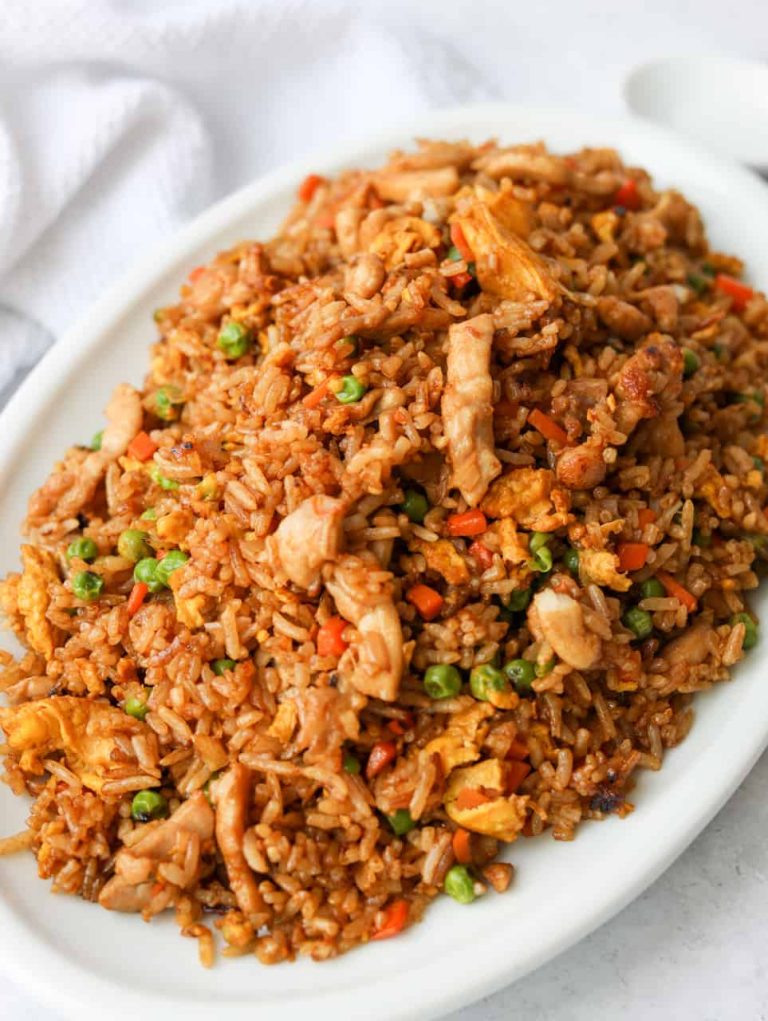Brown Sugar and Rye Shortbread: Recipe and Baking Tips
Brown sugar and rye shortbread offers a distinct taste. Brown sugar, with its molasses content, imparts a moist texture and deep caramel flavor to the cookie. Rye flour adds a nutty and earthy complexity. This combination creates a balanced blend of sweetness and mild bitterness that makes each bite intriguing. The shortbread has a slightly denser texture due to the higher protein content in rye flour compared to all-purpose flour. The interaction of these ingredients ensures a unique flavor experience.
Historical Origins and Evolution
Shortbread traces its origins to Scotland, where it was a luxury treat reserved for special occasions. Traditional recipes used simple ingredients: butter, sugar, and flour. Over time, variations like brown sugar and rye shortbread have evolved. Brown sugar’s introduction into British baking came from the Caribbean in the 17th century, diversifying the sugar options. Rye, a hardy grain, has been cultivated in Europe for centuries and incorporated into various baked goods due to its availability and resilience. By combining these ingredients, contemporary bakers pay homage to historical practices while creating new, flavorful variations.
Key Ingredients and Substitutions
Why Rye Flour?
Rye flour contributes to the unique flavor and texture of your shortbread. Rich in protein, it offers a nutty, earthy taste that complements the sweetness of brown sugar. Its higher protein content creates a denser texture, making each bite satisfying. When choosing rye flour, opt for medium rye for a balanced flavor. Though rye flour is essential for the distinct profile, whole wheat or spelt flour can act as substitutes, but you’ll lose some of the specific nutty notes.
Selection of Brown Sugar
Brown sugar adds caramel notes and moisture to your shortbread. Its molasses content enhances the depth of flavor, creating a rich, sweet profile. Use dark brown sugar if you prefer a stronger molasses taste, while light brown sugar offers a milder sweetness. Substitutes include coconut sugar or turbinado sugar, though they won’t provide the same moist texture and specific caramel flavor. For a closer match, mix white sugar with a bit of molasses.
Step-by-Step Recipe Guide
Mixing the Dough
Combine 1 cup (226g) unsalted butter, softened, with 1 cup (200g) brown sugar in a large mixing bowl. Use an electric mixer on medium speed to cream together until light and fluffy, which takes about 3-4 minutes. Add 2 cups (240g) rye flour gradually, mixing on low speed. Ensure you scrape down the sides of the bowl to incorporate all ingredients evenly. Add 1 teaspoon (5ml) vanilla extract and mix until well combined. The dough should be soft but not sticky. If the dough feels too dry, add 1-2 tablespoons of milk to achieve the right consistency.
Baking Tips for the Perfect Texture
Preheat your oven to 350°F (175°C). Line a baking sheet with parchment paper. Roll the dough out on a lightly floured surface to a 1/4-inch thickness. Use cookie cutters or a knife to shape the dough. Arrange the pieces on the prepared baking sheet, spacing them about 1 inch apart. Bake for 12-15 minutes until the edges are golden brown. For a softer texture, bake 1-2 minutes less. Let the shortbread cool on the baking sheet for 5 minutes before transferring to a wire rack to cool completely. This helps in setting the structure while maintaining the desired texture.
Health Considerations and Allergies
Gluten Content in Rye
Rye flour, a primary ingredient in brown sugar and rye shortbread, contains gluten. Though it has less gluten than wheat, it’s not suitable for those with celiac disease or gluten intolerance. Consuming rye can trigger adverse reactions in sensitive individuals, including digestive discomfort and skin issues. Always check ingredient labels and choose certified gluten-free alternatives if needed. For example, almond flour or gluten-free oats can provide textures similar to rye in shortbread.
Sugar Alternatives
Brown sugar enriches the flavor of rye shortbread, but there are viable substitutes available for those seeking reduced sugar intake or managing conditions like diabetes. Consider using coconut sugar, which has a lower glycemic index. Another option is stevia, a natural, calorie-free sweetener. Monk fruit sweetener is also a good choice, known for its zero-calorie profile. When substituting sweeteners, adjust quantities accordingly to maintain the desired sweetness and texture. For example, use half the amount of stevia compared to brown sugar to avoid overly sweet results.
Conclusion
Creating brown sugar and rye shortbread is a delightful culinary adventure that combines rich flavors and simple ingredients. With the right techniques, you can achieve a perfect balance of sweetness and texture. Remember to consider dietary needs and experiment with alternatives if necessary. Whether you’re enjoying these treats yourself or sharing with loved ones, this recipe is sure to become a favorite in your baking repertoire. Happy baking!
